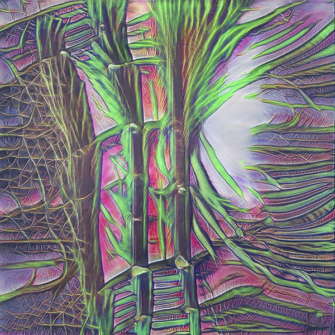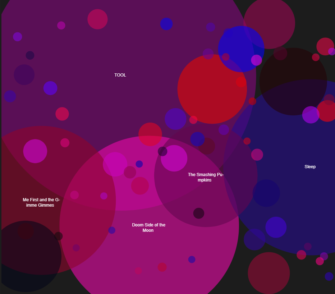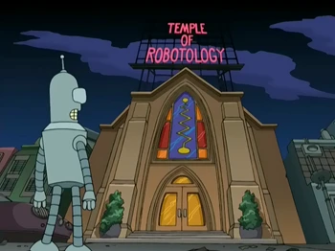Another problem is that robots could be misused for criminal activities such as burglaries. When a home robot is connected to the Internet, there is a greater demand for security mechanisms to prevent abuse. A robot in their own home could be reprogrammed by people with criminal intent, and they could then have their own robot perform a theft. Sources: 5
Robots should not be designed to kill, harm human interests or harm national security. They should be designed and operated as far as possible in accordance with existing laws and fundamental rights and freedoms, including privacy. Sources: 5
The use of robots in elderly care is unlikely to be a quick transition. Those of us who are young, including current developers of aged care robots, are likely to face these machines as we age in the future. It is in our own interest to make these robots user-friendly. Nowadays, seniors no longer have to worry about being stuck in machines for care. Sources: 5
As we have seen in this chapter, advances in computer technology in general make significant changes possible in the workplace. In this module, we examine how the demographic development of the workforce will affect existing and emerging technologies in the future. The combination of automation and robotics will not only change the workplace, but also everyday life. However, it brings with it a host of ethical and legal issues, not least how people will fit into the workplace of tomorrow. Sources: 4
Advances in robotics – a combination of computer science, mechanics, electronics, and engineering – mean that machines and related forms of automation can work alongside humans in a variety of environments, such as medicine, where robots can perform operations previously performed by surgical hands. Robots also make it easier and cheaper for employers to do their jobs. The flip side is that low-paying jobs that provide people with middle-class jobs are becoming the province of machines. Sources: 4
Public figures such as Stephen Hawking and Elon Musk have called for research and precautions to ensure that future super-intelligent machines remain under human control. The traditional consensus among economists is that technological progress will not cause long-term unemployment. Recent innovations in robotics and artificial intelligence, however, have raised fears that human labor could become obsolete, leaving people out of work in various sectors to earn a living, potentially leading to an economic crisis. Sources: 1
In the 21st century, machines have already taken on a host of skilled tasks, including translation, legal research, and low-level journalism. Nursing, entertainment, and other tasks that require empathy are also considered safe from automation, and are now done by robots. Sources: 1
Scientists like Stephen Hawking are confident that superhuman artificial intelligence is possible, and claim that there is no physical law that precludes organizing particles in such a way that they can perform advanced calculations, much like the arrangement of particles in the human brain. Sources: 1
Some apocalyptic AI proponents, frustrated by the limitations of physical life, are looking forward to a virtual world inhabited by intelligent machines and humans who leave their bodies behind. If humans had downloaded their consciousness into machines, they would have improved mental abilities, infinite reproducibility, and immortality. Sources: 0
Muller, MJ, Christiansen, E, Nardi, B, Dray, S (2001) Spiritual life and information technology. Kimura, T (2017) Robotic AI and the Sociology of Religion in Human Imago Robots. Bell, G (2006) No more SMS: Jesus, ubicomp and religion as techno-spiritual practice. Sources: 7
Schodt, FL (1988) The Robot Empire of Japan: Mechatronics comes to Robotopia. Takanishi, A (2011) Humanoid robot culture and the history of the Japanese. Yamaguchi, M (2005) Karakuri ludic: playing the relationship between man and machine in Tokugawa, Japan and Japan. In: 2015 shadow puppets and shadow play. Sources: 7
Soos, K, Racz, J (1990) A vending machine figure in Budapest: German vending machine figures in Budapest. In: Biagioli, M, Riskin, J, eds, Nature Engaged. King, E (2002) A clockwork prayer of a mechanical monk from the 16th century. In: Coote, J (eds), Anthropology, Art and Aesthetics. Sources: 7
Lindstrom, L (1993) Cargo cults: A strange story of desire in Melanesia. Geraci, RM (2007) Robots and Sacred Science: Science Fiction and the Theological Implications of Artificial Intelligence. Foerst, A (2005) God and machines: what robots can teach us about man and God. Sources: 7
Roboticist Gabriele Trovato has designed Santo, a short, sacred, theomorphic operator of a 17-inch robot that resembles figures of Catholic saints, to offer spiritual help to elderly people with limited mobility and social contacts. He also wants to develop a device for Muslims, but it remains to be seen what it will look like. The Santo robot, designed by the robotician Gabriesle Tovato. Sources: 2
For the pious, there is much positive potential in robots for altruistic people who are curious about religion, making rituals once performed by human priests less inaccessible. But robots also pose risks to religion: for example, if they feel mechanized and homogenized, they could challenge some of the core teachings of theology. Sources: 2
My interest in the connection between religion and robots relates to the indictment of Socrates, but it is also a pragmatic rather than a technical interest. What matters is not whether we can invent real artificial intelligence, but whether we believe we have invented it. This raises interesting questions about what to do with machines that are supposed to play the role of the clergy. If we trust machines, we can make them function as mystics and priests, but they don’t have to be. Sources: 3
Designed to look like Kannon, the Buddhist deity of mercy, the more than a million devices will attempt to rekindle people’s passion for their faith in a country where religion is declining. It will recite the same preprogrammed sermons as the Heart Sutra. The robot’s creators say they plan to give him machine learning skills that will allow him to tailor feedback to believers on specific spiritual and ethical issues. Sources: 2
Other groups are experimenting with machines that can hear confessions, say prayers and administer sacraments. Softbank Robotics has developed a pepper robot that sings at Buddhist funerals in Japan, and a church in Germany has programmed a machine to deliver traditional blessings. In Dubai, the State Agency for Cultural and Islamic Affairs (IACAD) launched the first virtual IFTAs with A.I. Sources: 3
If machine learning is able to analyze structured data, and if it can turn any kind of computer conversation into new forms of work, humans could be ready for robots to be the boss. In the past, jobs were managed by jobs that divided tasks into actions: machines that tracked GPS items or scanned warehouses. Sources: 8
Workers in Minnesota say the jobs are intensifying to the point where they are calling for a rethink of long-standing labor rules. Workers burn themselves by tasks dictated by the machines that replace them. Sources: 8
A Japanese company has introduced a new role for SoftBank, whose humanoid robots, peppered with Buddhist priests, are hired for funerals. The robots could step in if a priest was unavailable, he said. They cost less than 50,000 yen ($450) per funeral, compared to more than 240,000 yen ($2,200) for a human priest. The robots have not been hired since August 2017.























































